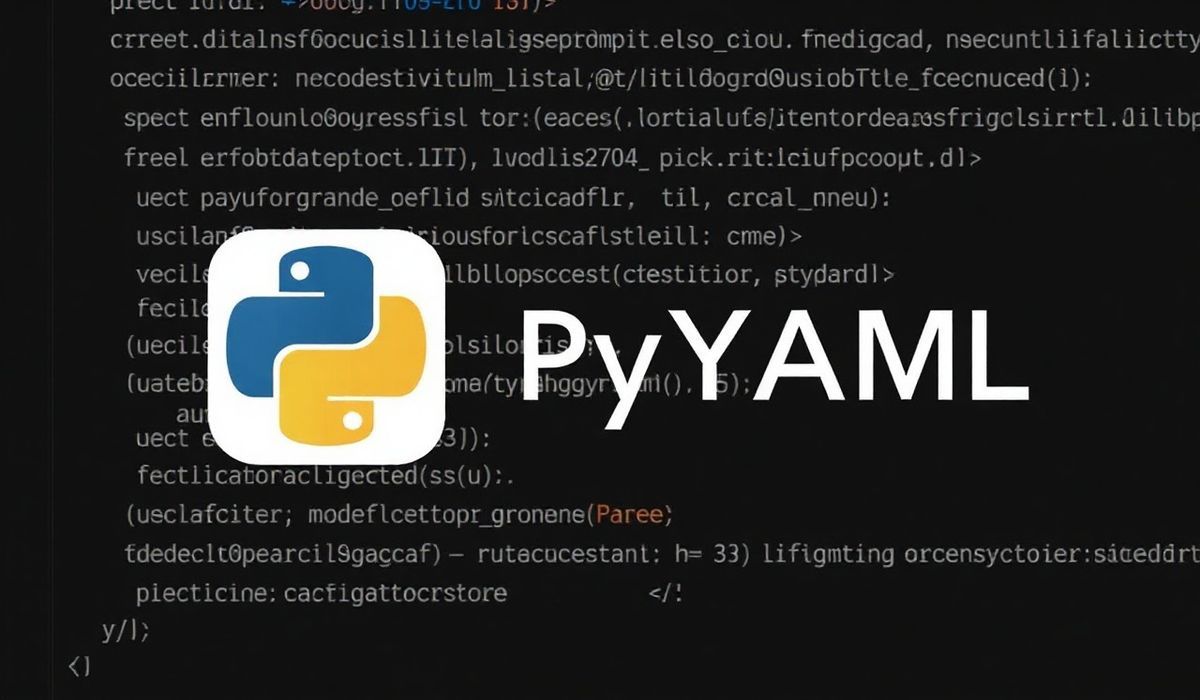Introduction to Google Auth OAuthlib
Google Auth OAuthlib is a Python library that can be used to authenticate users via OAuth 2.0. This powerful toolkit helps developers connect their applications to Google’s APIs with ease. In this guide, we will explore the various APIs provided by this library and demonstrate how you can use them through several code snippets.
Getting Started
First, you’ll need to install the library:
pip install google-auth google-auth-oauthlib google-auth-httplib2
Authorizing Requests
To authorize requests to Google’s APIs, you will need to obtain OAuth 2.0 credentials and use them to create an authorized session. Below is an example of how you can achieve this:
import google.oauth2.credentials
from google_auth_oauthlib.flow import InstalledAppFlow
from google.auth.transport.requests import Request
# Use your own credentials.json file
flow = InstalledAppFlow.from_client_secrets_file(
'path/to/credentials.json',
scopes=['https://www.googleapis.com/auth/drive.metadata.readonly']
)
credentials = flow.run_local_server(port=0)
# Save credentials for the next run
with open('token.json', 'w') as token:
token.write(credentials.to_json())
Using Authorized Session
Once you have obtained the credentials, you can use them to make authorized requests:
from google.auth.transport.requests import Request
import google.auth
creds = None
if os.path.exists('token.json'):
creds = google.oauth2.credentials.Credentials.from_authorized_user_file('token.json')
if not creds or not creds.valid:
if creds and creds.expired and creds.refresh_token:
creds.refresh(Request())
else:
# Follow the previous steps to get new credentials
pass
service = googleapiclient.discovery.build('drive', 'v3', credentials=creds)
results = service.files().list(pageSize=10).execute()
items = results.get('files', [])
if not items:
print('No files found.')
else:
print('Files:')
for item in items:
print(u'{0} ({1})'.format(item['name'], item['id']))
Creating a Simple App
Let’s create a simple command-line application that lists files in your Google Drive:
import os
import google.auth
import googleapiclient.discovery
from google_auth_oauthlib.flow import InstalledAppFlow
SCOPES = ['https://www.googleapis.com/auth/drive.metadata.readonly']
def main():
creds = None
if os.path.exists('token.json'):
creds = google.oauth2.credentials.Credentials.from_authorized_user_file('token.json', SCOPES)
if not creds or not creds.valid:
if creds and creds.expired and creds.refresh_token:
creds.refresh(Request())
else:
flow = InstalledAppFlow.from_client_secrets_file('credentials.json', SCOPES)
creds = flow.run_local_server(port=0)
with open('token.json', 'w') as token:
token.write(creds.to_json())
service = googleapiclient.discovery.build('drive', 'v3', credentials=creds)
results = service.files().list(pageSize=10, fields="nextPageToken, files(id, name)").execute()
items = results.get('files', [])
if not items:
print('No files found.')
else:
print('Files:')
for item in items:
print(u'{0} ({1})'.format(item['name'], item['id']))
if __name__ == '__main__':
main()
Conclusion
Google Auth OAuthlib is a versatile tool that allows developers to easily integrate Google’s powerful API offerings into their applications. By following the examples and instructions in this guide, you will be well on your way to creating robust and secure applications that leverage Google’s services.
Hash: 9e8778230e304e130b6596d5c1fb2609b526b35df57f8db0f0d1a54eb0a99ab5




